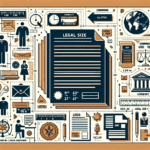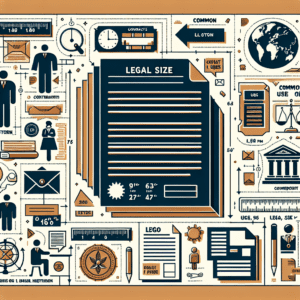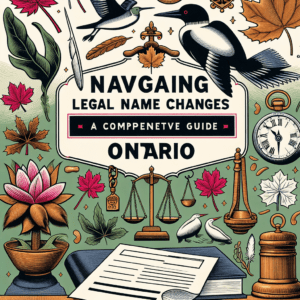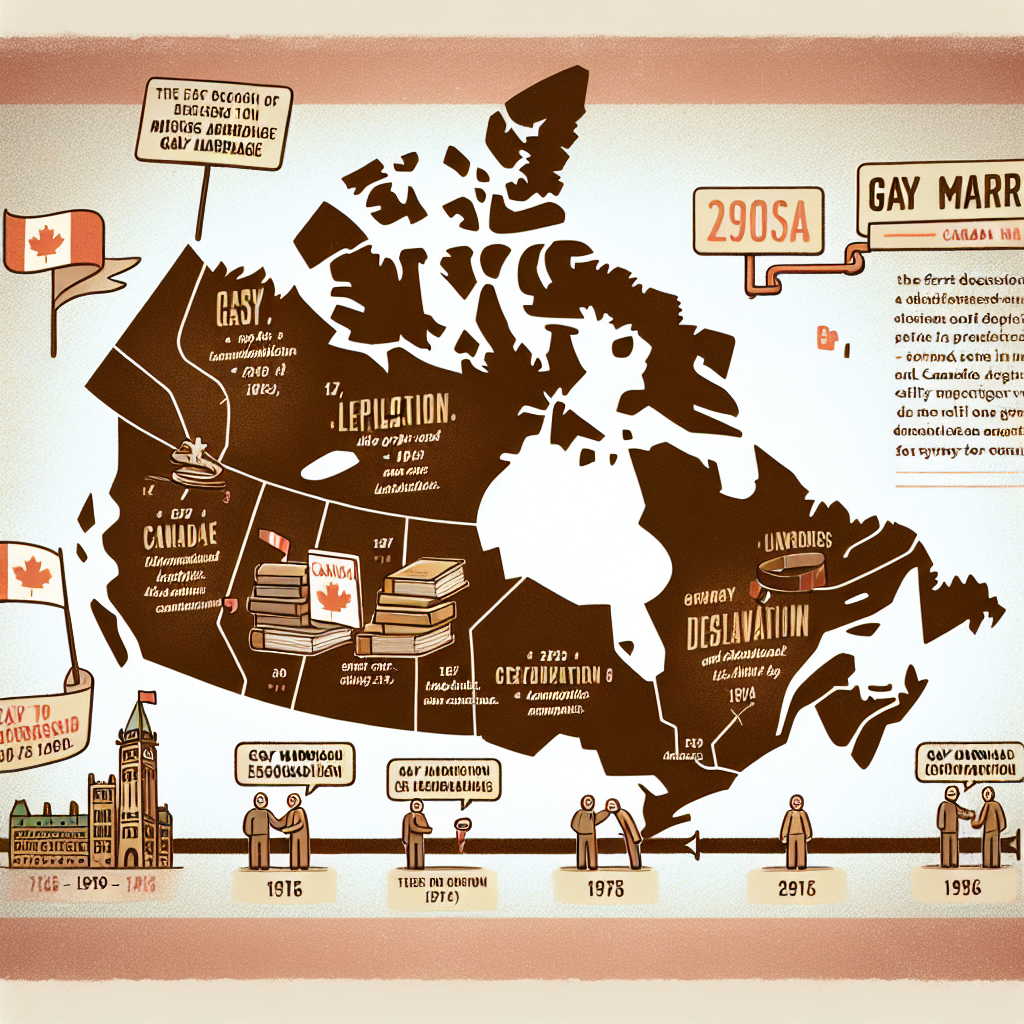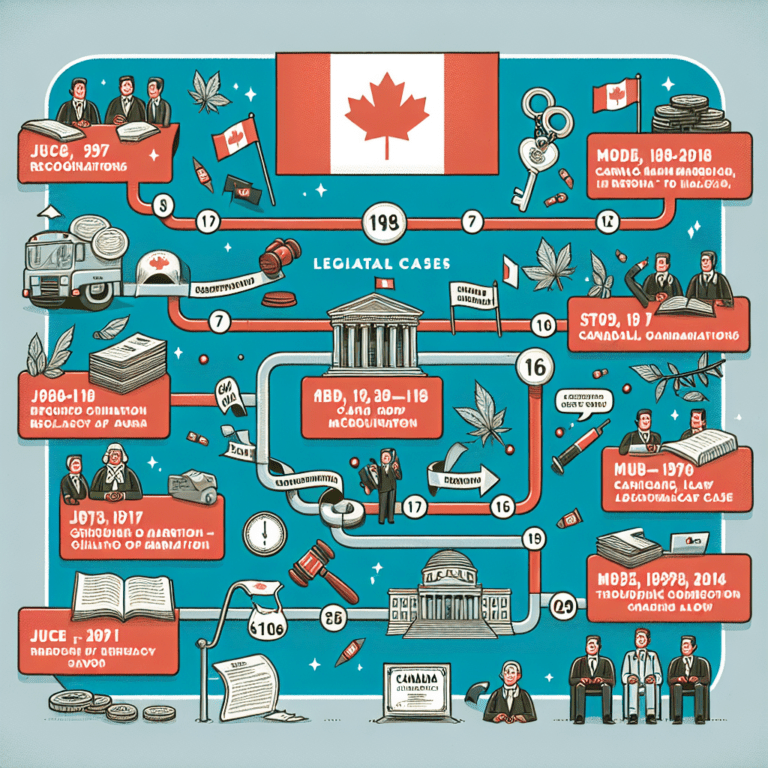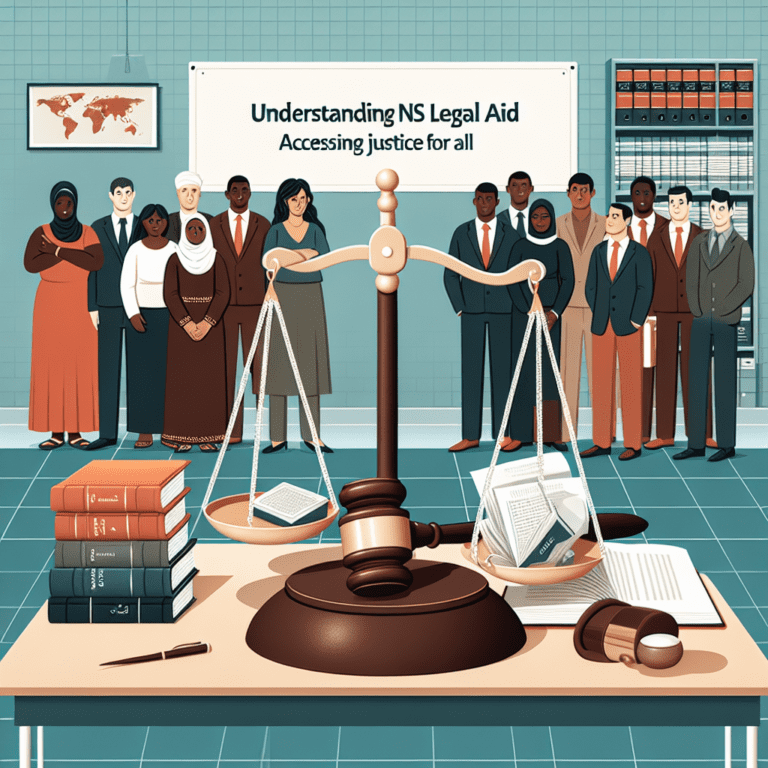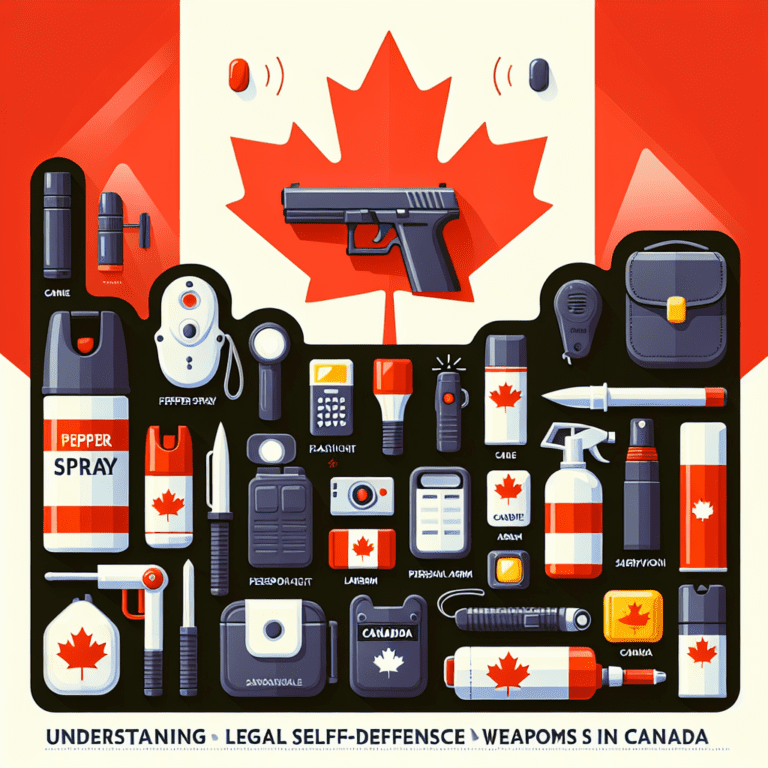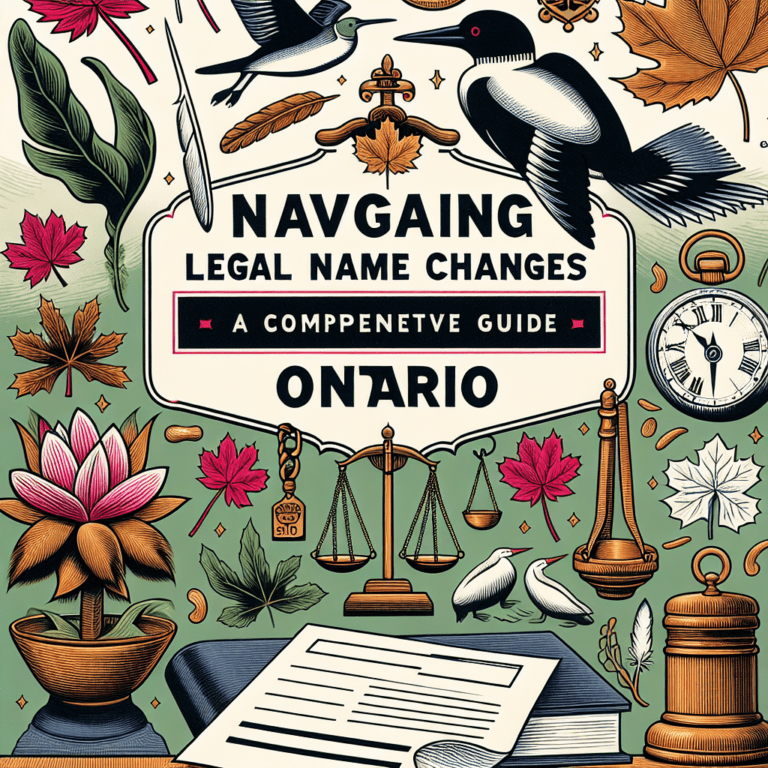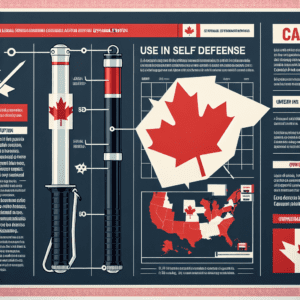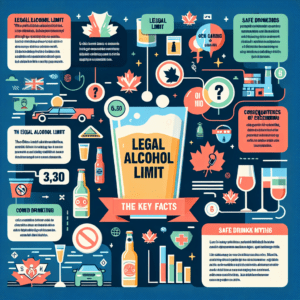===INTRO:===
The timeline of gay marriage legalization in Canada is a powerful narrative of resilience, advocacy, and groundbreaking legal changes that reflect a society evolving toward inclusivity. For many in the LGBTQ+ community, the path to marriage equality was fraught with challenges and setbacks, a reflection of broader societal attitudes. This journey not only impacted individuals but also redefined relationships across the nation. Understanding the key milestones and legal decisions that shaped this journey is crucial for recognizing the importance of equality and justice in modern society.
Major Milestones in Canada’s Gay Marriage Journey
Canada’s journey toward gay marriage began in earnest in the late 20th century, with significant societal shifts occurring in the 1990s. Public opinion started to change as LGBTQ+ advocacy groups pushed for equal rights and recognition. In 1999, the Ontario Court of Appeal made a landmark decision, ruling that denying same-sex couples the right to marry was discriminatory. This case marked a pivotal moment, raising awareness and prompting discussions about marriage equality across the nation.
The Canadian Supreme Court further advanced equality in 2003, confirming that excluding same-sex couples from marriage violated the Charter of Rights and Freedoms. This ruling was a game changer, igniting a wave of support for same-sex marriage across various provinces. In 2005, Canada became the fourth country in the world to legalize same-sex marriage nationally with the passage of Bill C-38. This milestone not only allowed same-sex couples to marry but also set a precedent for other countries observing Canada’s progress.
With the legalization of same-sex marriage, Canada cemented its reputation as a leader in LGBTQ+ rights. The first same-sex marriages occurred shortly after the law’s passage, bringing excitement and celebration. These historic moments marked the culmination of years of advocacy and struggle, symbolizing hope and acceptance. The subsequent years have seen continued efforts to secure and protect LGBTQ+ rights, ensuring that same-sex marriage remains a fundamental right in Canada.
Key Legal Decisions Shaping Same-Sex Marriage Rights
The legal landscape surrounding same-sex marriage in Canada has been shaped by numerous court decisions that have progressively advanced LGBTQ+ rights. One of the most influential cases was Halpern v. Canada (2003), where the Ontario Court of Appeal ruled that the existing definition of marriage was unconstitutional. This decision not only allowed for same-sex marriage in Ontario but also served as a catalyst for similar legal challenges across the country, promoting the idea that love and commitment should not be constrained by sexual orientation.
Another critical moment came with the Supreme Court’s ruling in 2004 in the case of Reference re Same-Sex Marriage. This decision provided clarity on the legality of same-sex marriage under the Canadian Constitution, affirming that the government had the authority to extend marriage rights to same-sex couples. The court emphasized that the right to marry is essential to individual dignity and equality, reinforcing the notion that all Canadians should have access to the same legal rights regardless of their sexual orientation.
The importance of these legal decisions cannot be overstated. They not only validated the rights of same-sex couples but also fostered a more inclusive society. Each ruling built on the previous ones, creating a snowball effect that led to widespread acceptance of LGBTQ+ rights. These decisions have had a lasting impact, ensuring that same-sex marriage is not merely a legal right but a societal norm embraced by Canadians from all walks of life.
===OUTRO:===
The timeline of gay marriage legalization in Canada is a testament to the power of advocacy, legal reform, and societal change. Each milestone and legal decision reflects a broader struggle for equality and acceptance, paving the way for future generations. Understanding this journey is crucial not only for recognizing the progress made but also for continuing the fight against discrimination. As Canada stands as a beacon of hope for LGBTQ+ rights worldwide, it’s imperative to remain vigilant, advocating for equality and justice to ensure that no one is left behind. Explore your local LGBTQ+ community initiatives or participate in advocacy efforts to keep the momentum going.
Understanding Legal Self-Defense Weapons in CanadaUnderstanding Legal Paper Size: Dimensions and Uses ExplainedNavigating Legal Name Changes in Ontario: A Comprehensive GuideRelevant LinkRelevant LinkRelevant Link

